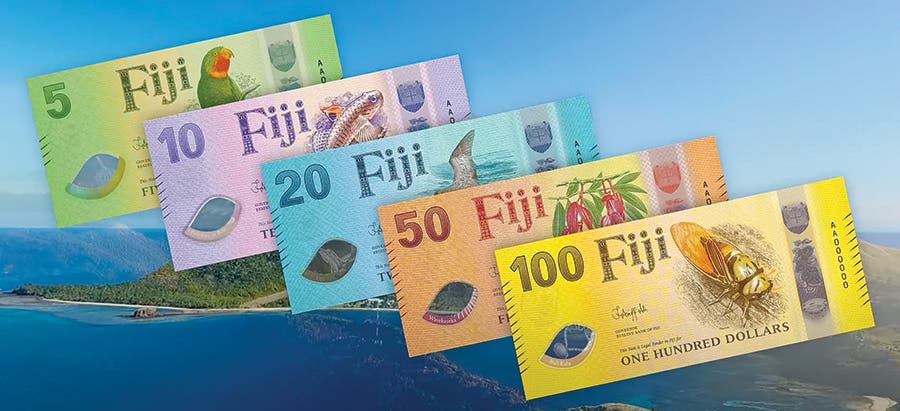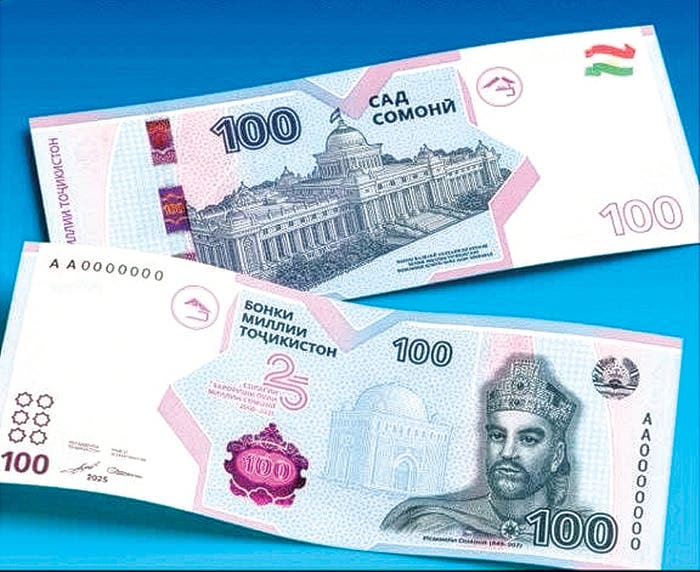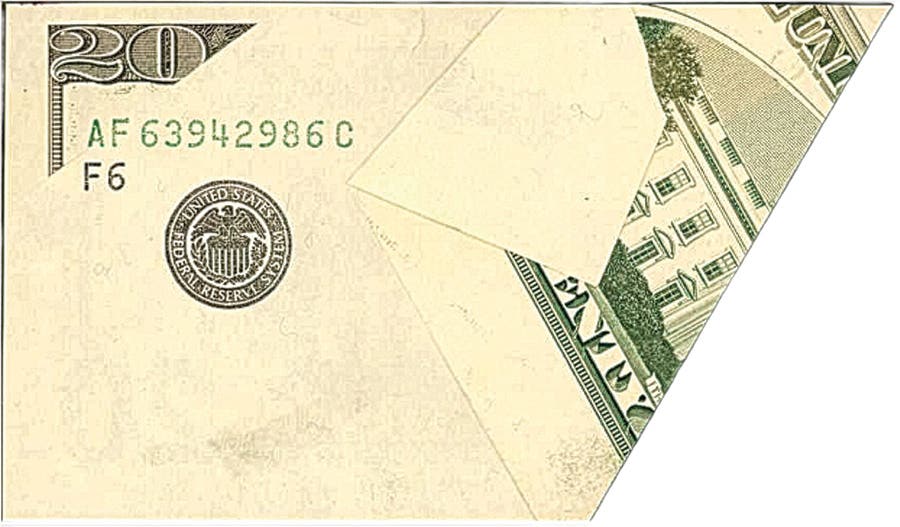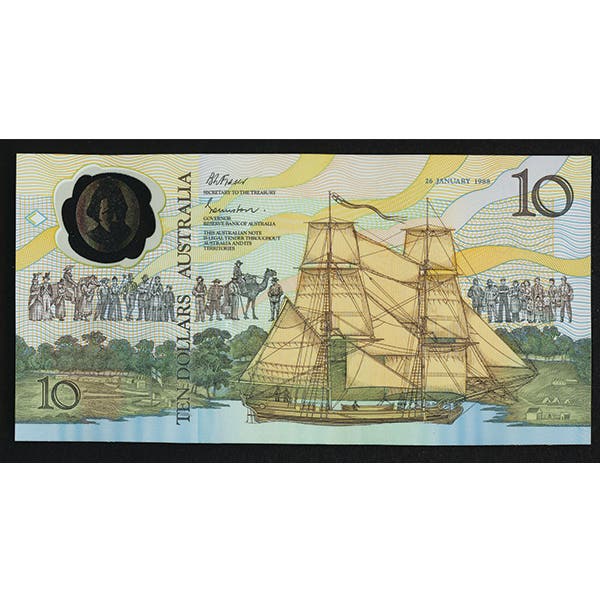World Banknote Auctions Offers Rare Specimens from the Imperial Bank of Persia
Bank note collectors and enthusiasts have a unique opportunity to acquire rare specimens from the Imperial Bank of Persia in the upcoming World Currency Sale 43 of World Banknote Auctions….
Bank note collectors and enthusiasts have a unique opportunity to acquire rare specimens from the Imperial Bank of Persia in the upcoming World Currency Sale 43 of World Banknote Auctions. These classic rarities, known for their impressive size, original design, and historical significance, are highly sought after by collectors worldwide. The auction presents a chance to own a piece of Iran’s financial history and add a valuable item to one’s bank note collection.
Imperial Bank of Persia and Its Importance
Established in 1889 by Baron Julius de Reuter, the Imperial Bank of Persia played a crucial role in Iran’s financial history. The institution was at its core a British company focused on profits. With a royal charter granted in Great Britain, the bank was established to support Iran’s economic development under the reign of Naser al-Din Shah. The Imperial Bank of Persia operated numerous branches throughout the country, with Tehran serving as the capital and the primary hub for note issuance. Each bank note indicated a specific branch where it could be redeemed. The bank had a total of 28 branches during the note-issuing era, making it a widespread financial institution in Persia at the time. The issuance of bank notes, along with loans and increased trade, contributed significantly to the country’s economic growth during that period. Bank note issuance took place from 1890 to 1932 and consisted of two distinct series. The first, issued until 1923, is the subject of this blog post.
The First Series of the Imperial Bank of Persia
The bank notes of the Imperial Bank of Persia’s are among the most beautiful bank notes issued around the turn of the century. The front of the notes displayed the Lion and Sun motif, which was the official symbol of the royal house and later became the state symbol. A portrait of Naser al-Din Shah, who ruled Iran from 1848 until his assassination in 1896, adorned the front of each bank note. The back of all denominations also featured the Lion and Sun motif at the center. The notes were printed in England by Bradbury, Wilkinson & Co. and then shipped by Tehran, where they were finalized for issue, by applying the branch of issue, date of issue and an official seal from the Persian High Commissioner. Notes utilized a standard design, but grew progressively larger with each higher denomination, and the backs are in a variety of colors.
Unveiling the Rarity of Higher Denomination Issued Notes
In this sale, the three highest denominations available are the 50 Tomans, 100 Tomans, and the exceptionally rare 500 Tomans. The extremely rare 1000 Tomans is the only denomination missing from the auction. Among the notes offered, the 50 Tomans were printed with three prefixes and had a total circulation issue of 39,500 notes. However, according to the final accounting of the first series in 1931, only 114 of these notes remained outstanding. Additionally, there were 122 notes listed as “stolen,” which should have likely been included in the count of outstanding notes. It is worth noting that the reported number of stolen notes may have been exaggerated, as the responsibility of the Imperial Bank of Persia was limited to paying the Iranian government for outstanding notes, excluding those reported as stolen. Nevertheless, it is evident that an issued 50 Tomans note is exceedingly rare, to say the least. Similarly, the 100 Tomans note is also very rare, with 27,500 notes issued, 90 reported as “stolen,” and 63 outstanding as of 1931. The rarity of the 500 Tomans is even more pronounced, as only 1,400 notes were printed for circulation, and there is only a single note outstanding.
Desirability for Collectors
The banknotes from the Imperial Bank of Persia, particularly the Qajar series, are highly coveted among world banknote collectors. Their impressive size, classic design, and rarity make them favorites among enthusiasts. However, higher denominations like the 500 Tomans are exceptionally rare and infrequently appear in the market, making this auction a unique opportunity for advanced collectors to acquire these iconic pieces of history. The World Banknote Auctions sales featuring rare specimens from the Imperial Bank of Persia brings forth an exciting opportunity for collectors to acquire banknotes of immense historical and cultural value. With limited availability, these banknotes offer a glimpse into Iran’s financial past and the economic aspirations of the nation during the reign of Naser al-Din Shah.
The following lots are available in World Currency Sale 43:









